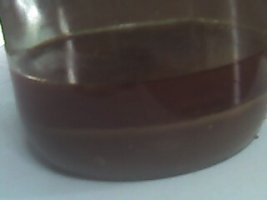Frank Langer
1984 Ericson 30+, Nanaimo, BC
As I live about 1,000 miles from where I moor my boat (that will change when I retire), I always need to think ahead for maintenance work and upkeep, as I don't always know when I will get there again.
My question: I will not likely sail from October through March, and want to do what's best for my diesel fuel/motor. The boat will stay in the water in a temperate BC, Canada climate (though still around freezing temps on occasion, but the water won't freeze). I had planned to leave the fuel tank full to minimize condensation, add biocide and fuel stabilizer, but someone recently advised that I empty the tank completely instead. I am leery of that, as that would mean running it to the bottom, perhaps sucking any debris on the bottom of the tank into the system and causing worse problems.
What would you all suggest?
Thanks,
Frank.
My question: I will not likely sail from October through March, and want to do what's best for my diesel fuel/motor. The boat will stay in the water in a temperate BC, Canada climate (though still around freezing temps on occasion, but the water won't freeze). I had planned to leave the fuel tank full to minimize condensation, add biocide and fuel stabilizer, but someone recently advised that I empty the tank completely instead. I am leery of that, as that would mean running it to the bottom, perhaps sucking any debris on the bottom of the tank into the system and causing worse problems.
What would you all suggest?
Thanks,
Frank.


